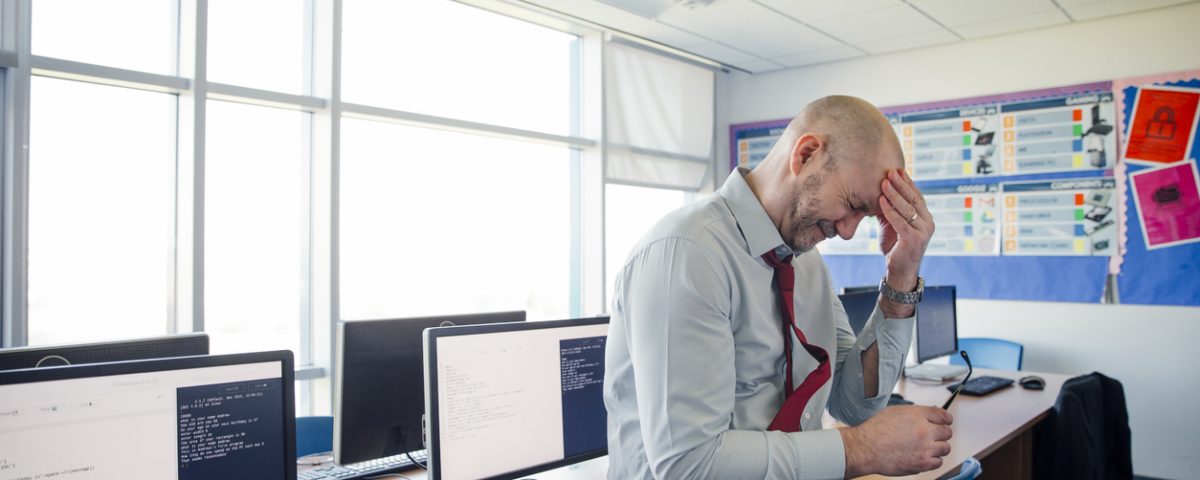How School Shootings Have Changed Teachers

What Makes a Police Officer
June 20, 2022
How State Lawmakers Affect Charter Schools
July 4, 2022How School Shootings Have Changed Teachers
Unfortunately, school shootings are the new normal in the U.S. as the number of shooting incidents grow each year. While lawmakers disagree on the solution and nothing substantial changes, teachers must adjust their roles. Trained as educators, individuals in this profession find themselves tasked with protecting children in life-threatening situations. Unfortunately, it sometimes comes at the cost of sacrificing their own lives.
These expectations transform what it means to be a teacher and affect the mental health of those trying to educate the next generation.
The Factors Changing Things
There are multiple factors to consider about how school shootings have changed things. Likewise, both students and teachers have experienced all the issues associated with reported violence.
Fear of Violence
Schools are no longer bastions of learning. Over 30 years, added security and “hardening” efforts made some campuses prison-like. These features remind students and teachers that violence can erupt at any moment. The atmosphere of fear is so great that people may panic at false alarms, causing stampedes and other dangerous situations. However, teachers must navigate this environment to prepare students for college and future jobs.
Expectations of Protection
The discourse around teachers’ roles as protectors started after the Columbine shooting. Today, some even talk of arming educators with guns, a step many in the field reject. Even without this drastic measure, the public expects teachers to make student safety a top priority. For example, many teachers now arrange their classrooms not with aesthetics, fun, or even education in mind but to stall shooters or blockade entry points.
Management of Student Stress
The school environment faces complications, especially with the new, ever-changing landscape. Students can’t learn when preoccupied with fear, so teachers must manage their stress. Additionally, with daily tragedies on the news, this task becomes even harder, as kids naturally act out in response. Since many schools don’t have counselors or nurses to help recognize and address trauma and mental illness, this burden falls squarely on teachers’ shoulders.
Tension Between Staff and Students
It’s a sad reality that some school shooters are current or past students. Subsequently, educators and administrative staff look for warning signs of future mass shooters among the student body, a process that turns children into potential enemies. Understandably, this task increases tension between students and the adults who nurture them. It also turns normal behavior — such as tantrums among young children — into high-stake situations.
Careers in Decline
Teachers are leaving the field, and not many are replacing them. Likewise, it doesn’t seem to be changing any time soon. Fewer people are willing to work in a profession with little pay and increasing yearly threats. The average length of a teaching career is only five years. Consequently, as colleagues leave, more responsibility falls on those who remain, creating even more stress and leading to more departures in a vicious cycle.
Vigilance as the Norm
To make schools safer, many districts require teachers to participate in active shooter training and drills. Teachers learn to spot red flags and keep a cool head in intense situations. Constant vigilance becomes the norm for educators expecting danger at every turn. Thus, the goal of preventing tragedies through school shootings continues.
About PGUI
Professional Governmental Underwriters, LLC., is a full-service risk management company dedicated to assisting public, educational and non-profit entities in the management of their professional liability exposures including educators liability insurance. We are dedicated to providing state-of-the-art professional underwriting management and loss control advisory services on behalf of our designated carriers. For more information, call us toll-free at (800) 586-6502.


